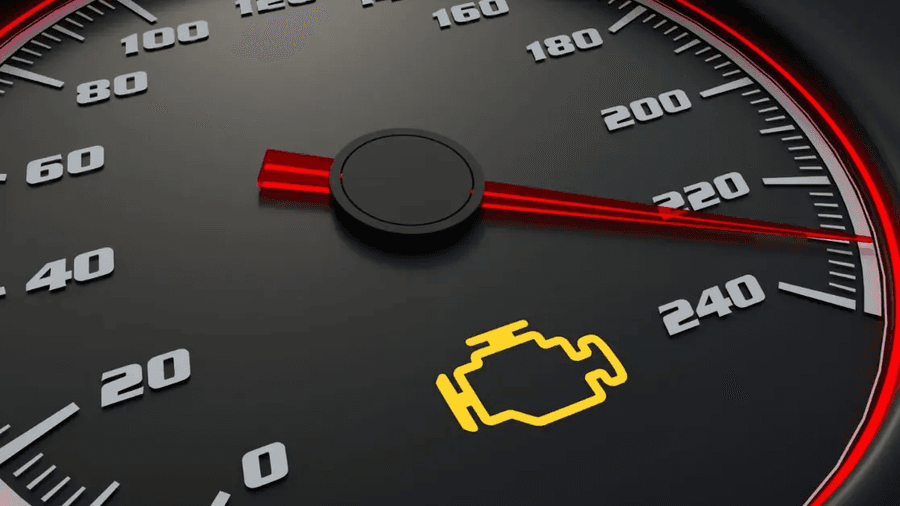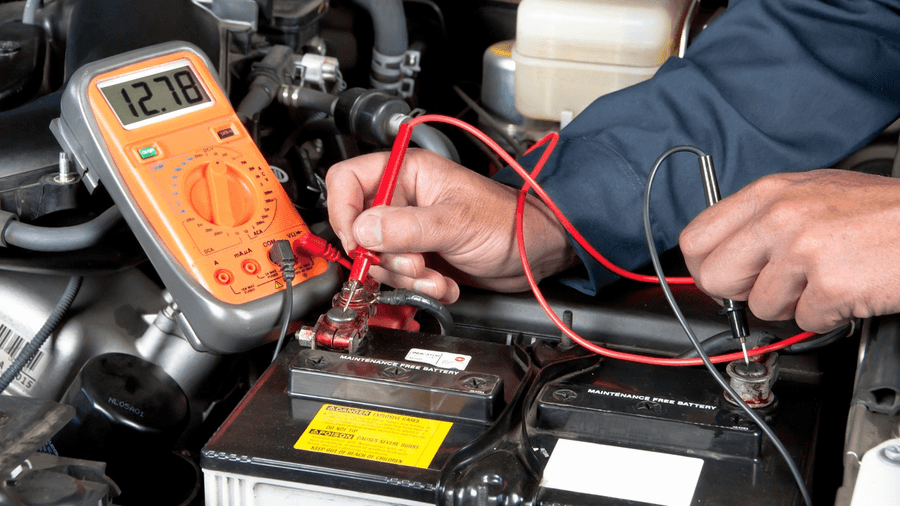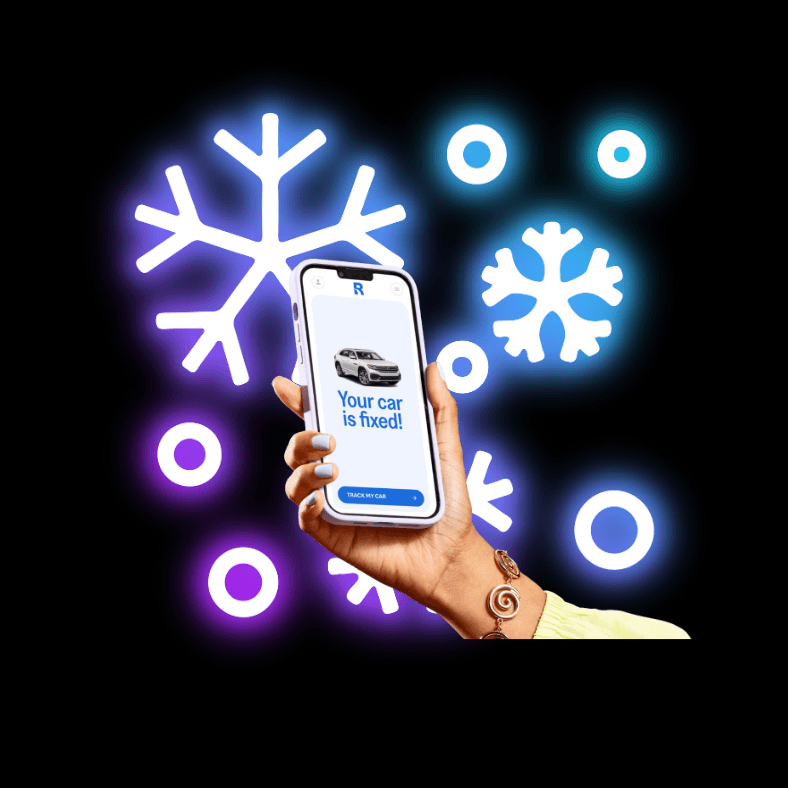What does a Check Engine Light mean?

The Check Engine Light is a blunt instrument that tells you something is wrong, but not what it could be. The Check Engine Light can reflect a wide range of issues from not so serious (loose gas cap) to engine-risking issues (damaged camshaft) if you continue to drive. You can find the 10 most common Check Engine Light issues here.
This means that it always makes sense to get it checked out by a professional mechanic. It’s always safest to assume it’s something serious and get into a shop quickly. However, there are some additional signals that may help you know how dire, or not, the situation is before you bring it into a shop. Our technicians at Roda are always happy to take a look - sometimes it's easy to identify the issue with a quick visual inspection, but more often than not it requires a deeper diagnosis.
The most obvious sign that this is serious is if the Check Engine Light is flashing on and off. That means that the issue is one that needs more immediate attention. Driving further with a blinking Check Engine Light could risk further costly damage. If your Check Engine Light is blinking, stop driving as soon as possible and get your car to a technician who can diagnose and fix whatever issue you have. Need a tow? We can help arrange that for you. If you're a AAA member, leverage that service to bring it to our shop - we even have a discount for AAA members to make solving the problem a little more affordable.
If the Check Engine Light is solid and not flashing, it may indicate a less severe problem that can be safely driven for a short period of time. However, it is no guarantee and you should still have the vehicle inspected to prevent any further damage and ensure that the issue does not become more serious.
Another way to to collect information about what the Check Engine Light means is to simply pay attention to your car. Are there any unusual sounds, smells or are you experiencing a reduction in power or fuel efficiency? Additional symptoms can be a sign of more serious issues. These are all clues as to what the issue might be and you should share them with your technician.
Are you more of a DIY-er. If so, you can purchase do some initial diagnosis yourself. Purchase a “OBD-II” scanner. You can plug this into a port in your car that will be described in your car’s manual. The OBD II scanner taps into your car’s computer and provides codes can give you a general idea of what’s wrong with the vehicle, and whether the problem is a minor issue or a more serious one that requires immediate attention.

